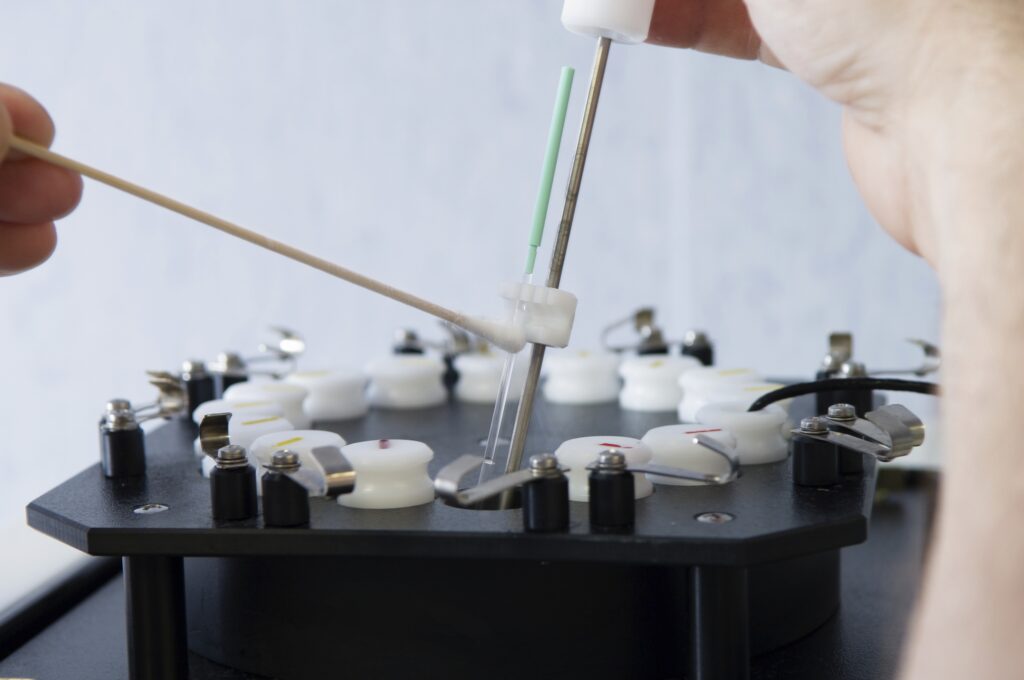Scientific Advances in Stem Cell Research Continue to Make Use of Embryos Outdated and Unnecessary
Diabetes has long been one of the main diseases for which human embryonic stem cell (embryo-destroying) research, or hESCR, was claimed to hold the greatest promise of curing.
But for well over a decade now, ethically contentious human embryonic stem cell research (hESCR) has notably failed to live up to all its hype, with promises of miracle cures within “five to 10 years” remaining unfulfilled.
That remains true today, despite all the renewed hype that accompanied recent reports that researchers had coaxed hESCs into becoming insulin-producing cells.
In October, researchers published an article in Cell describing how they had, for the first time, successfully used hESCs to create insulin-producing beta cells that were also responsive to changes in glucose in their environment. The team was led by Harvard researcher Douglas Melton, who began his quest to create such beta cells from hESCs some 15 years ago.
But during that period, a major breakthrough in stem cell research occurred, a breakthrough that researchers could only dream of when Melton first began his work with hESCs.
In 2007, Shinya Yamanaka developed a method to induce ordinary somatic cells – such as a skin cell – to revert to a fully pluripotent, embryonic-like state. Yamanaka dubbed these cells “induced pluripotent stem cells (iPSCs). Sooner than almost anyone had expected, researchers now had a method to create a relatively abundant supply of pluripotent stem cells without resort to human cloning or the destruction of living human embryos. Moreover, these stem cells were patient-specific, creating the unprecedented opportunity to pursue disease tracking and drug testing using human cellular models genetically identical to the patients. Recognizing the magnitude of Yamanaka’s achievement, the Nobel Prize committee awarded him the Nobel Prize for Medicine in 2012 – a mere five years after his discovery.[i]
While they did not receive as much attention in media reports, Melton and his team also reported generating insulin-producing beta cells from iPSCs that were identical to those generated from hESCs.
Writing at his Family Research Council blog site, Dr. David Prentice, FRC’s Senior Fellow for Life Sciences, notes:
“The [Melton et al.] paper itself makes the case that embryonic stem cells are not needed…The authors tested batches of [beta] cells made from hESC as well as from hiPSC. The results were equivalent no matter the starting cell type. So for any future production of [beta] cells, the authors have shown that no embryonic stem cells are necessary (emphasis added).”
This recalls the criterion for pursuing hESC research, laid down in 1999 by then- President Clinton’s National Bioethics Advisory Commission (NBAC), the first presidential bioethics panel to recommend federal funding for such research.
According to the NBAC report, harvesting “left-over” In Vitro Fertilization (IVF) embryos for stem cells “is justifiable only if no less morally problematic alternatives are available for advancing the research (at pg. 53).” In other words, given the ethical problems associated with hESCR, it should not be pursued if viable, ethically non-contentious alternatives to it exist. At the time, the NBAC judged that such alternatives did not exist; however, that judgment was provisional and “is a matter that must be revisited continually as science advances.”
Clearly, Melton’s research shows that ethically non-problematic iPSCs are capable of producing functioning, insulin-producing beta cells identical to those he created using hESCR, thus rendering the continued use of hESCs no longer “justifiable.”
Moreover, while it will likely be many years before the beta cells produced by Melton and his team reach clinical trials, patients with Type 1 diabetes have already been successfully treated using ethically non-contentious adult stem cells.
In 2007, Northwestern University’s Dr. Richard Burt, along with a team of Brazilian doctors, led a groundbreaking study that used adult stem cells to reverse Type 1 (juvenile) diabetes in patients. That study was reported in the Journal of the American Medical Association (JAMA), and a second study was also published in JAMA in 2009 (see also the New Scientist, here).
Burt has used a similar adult stem cell treatment to treat patients with other auto-immune disorders, including MS, lupus, and scleroderma.
Dr. Denise Faustman of Massachusetts General Hospital has had promising results in treating Type 1 diabetes without using stem cells at all. The treatment involves a vaccination made from an inexpensive generic drug that destroys the rogue cells responsible for attacking the insulin-producing cells found in the pancreas. Using this method, Faustman succeeded in reversing Type 1 diabetes in mice, and she has also completed a Phase 1 clinical trial in human patients.
There is no doubting the technical prowess displayed by Melton and his team in creating beta cells from both hESCs and induced pluripotent stem cells. The first source is ethically contentious, while the second source is not.
But applying the NBAC standard that hESC research is not justifiable and should not be pursued if alternatives exist, what Melton and his team have demonstrated in terms of possible stem cell treatments for diabetes is not the continued need for hESCs, but rather just how unnecessary, as science advances, they have become.
Gene Tarne is senior analyst for the Charlotte Lozier Institute.
————————-
[i] Researchers have found that, in all fields, the frequency of the Nobel being awarded after 20 years is increasing. While Nobel’s will stipulated that the prize be given to discoveries made during “the previous year,” a former chairman of the Nobel Prize Committee for Physiology or Medicine, Ralf Pettersson, says the Nobel Assembly today interprets “previous year” to mean “the year the full impact of the discovery has become evident.”























